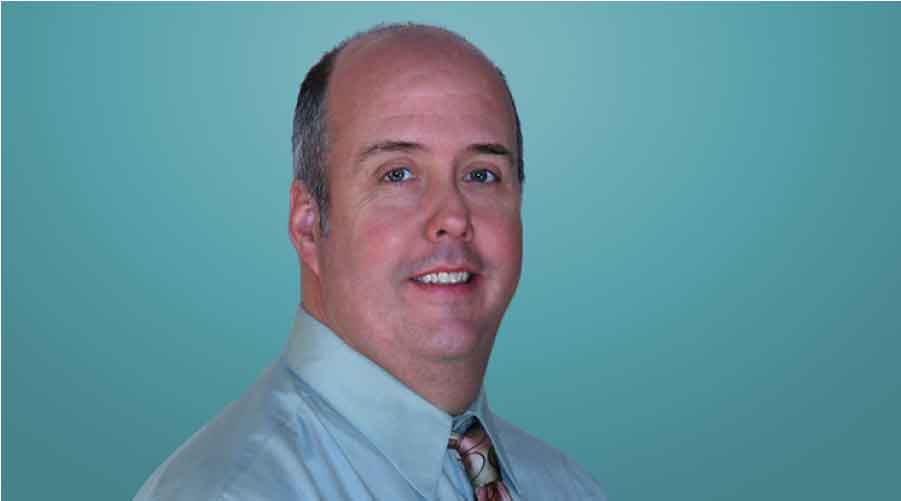Third-Party Green Standards Fuel Growth of Sustainable Building Products
There is no doubt that the standards set by third-party certification organizations have helped make sustainable products more widely available and more widely used. These standards guide manufacturers as they make sustainable products and assure facilities managers that the products they buy are among the safest currently available for human health and the environment.
A good example of the impact third-party standards can have is GS-37, the standard for industrial and institutional (I & I) cleaning products created by Green Seal 15 years ago.
The GS-37 standard marked the first time that a third-party certification organization like Green Seal had mapped out what an I & I cleaning product must do across human health impacts and the environment to be considered sustainable. GS-37 would become the first institutional cleaning standard to receive wide acceptance in the industry.
GS-37 came at a time when concerns about human health and the environment were mounting and the conversation about sustainable products was growing. Executive orders had been issued that required federal government agencies to purchase environmentally preferable products and services. Studies of “sick building syndrome” identified volatile organic compounds (VOCs) and other chemicals in cleaning products as contributors to unhealthy indoor environments. Data was emerging on the human health effects of commonly used chemicals, especially on issues like reproductive toxicity and endocrine disruption.
Given the health and environmental concerns, a number of purchasers of I & I cleaning products began to ask suppliers questions about the sustainability of their cleaning products.
These purchasers also began to include their own requirements for sustainability in their RFPs for cleaning products. Every purchaser’s list was different, so manufacturers found it hard to create products that met everyone’s requirements and they couldn’t get a true sense of the total demand for these products. At the same time, many companies were promoting their “green” products, but purchasers soon found that green meant many things, and it often meant very little.
Green Seal realized there was growing interest in and demand for sustainable products in the I & I cleaning sector. It gathered stakeholders, and over the course of many months, it created the GS-37 standard. Although Green Seal had created many standards for sustainable products in the past, GS-37 would affect a broader base of potential end users than any of its previous standards. The products it covers are most of the cleaners found on the basic housekeeping cart in about any type of building—from office towers to elementary schools. Because these products are used daily, they are purchased in high volume.
As purchasers became more familiar with GS-37, manufacturers also began to use the standard to guide them as they developed new sustainable products.
Rochester Midland Corp., a leading manufacturer of specialty chemicals that has manufactured its Enviro Care line of environmentally preferable products since the 1980s, was the first to have cleaning products certified under the GS-37 standards. Today, 30 of the company’s products are Green Seal-certified.
Industry leaders also were supportive, notably ISSA, which represents the industrial and institutional cleaning industry. ISSA recognized that green cleaning was not a fad and decided to educate its members through a green cleaning summit. “We encouraged our companies to pursue the green marketplace and gave them the tools and information they needed to succeed,” said Bill Balek, ISSA’s director of legislative and environmental services.
The summit was only discontinued in the last few years because sustainability had become such a part of the day-to-day conversation in the industry that a standalone conference no longer seemed necessary. “There had been such a significant adoption of green cleaning products and practices,” said Balek. Instead, ISSA members continue to learn about green cleaning through sessions at its annual conference, attended by some 15,000-18,000 members.
Related Topics:












